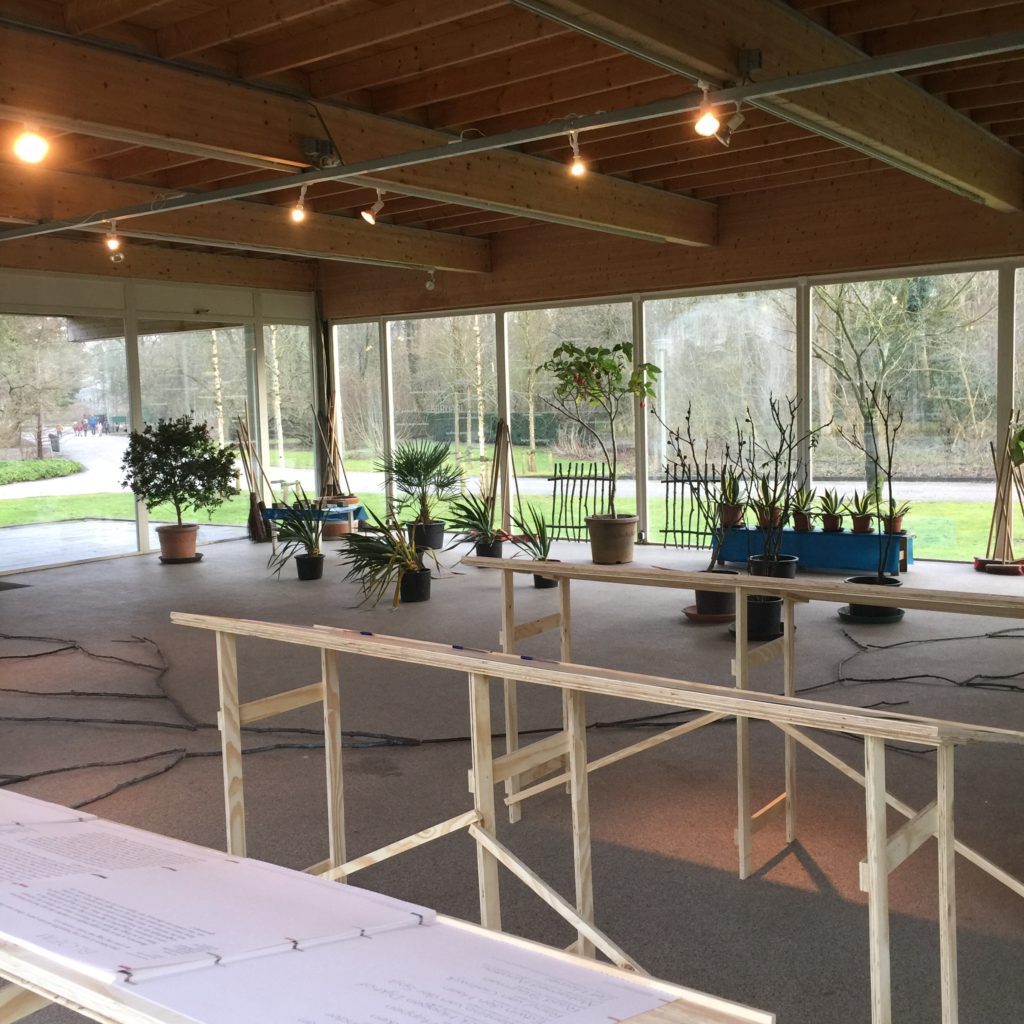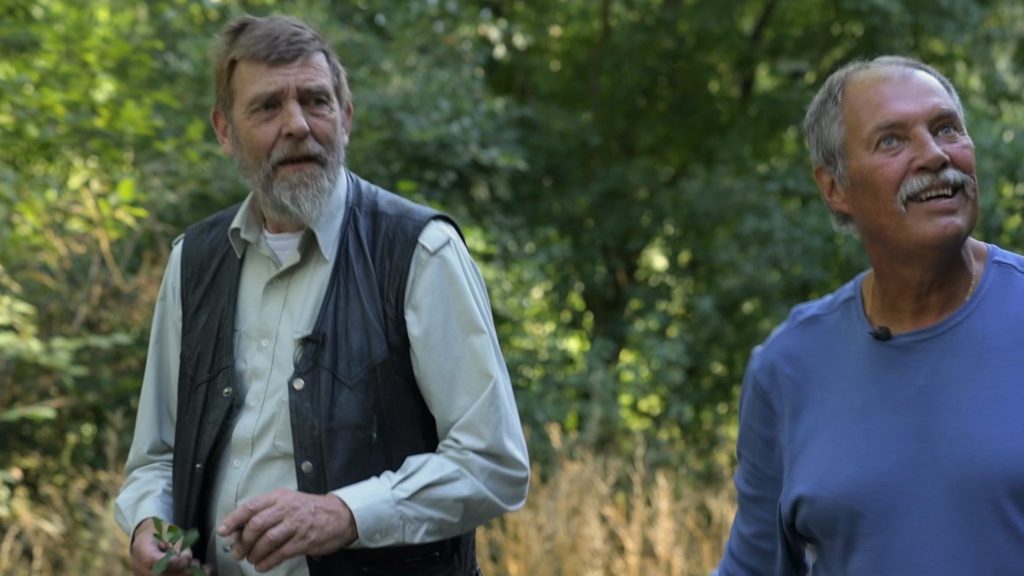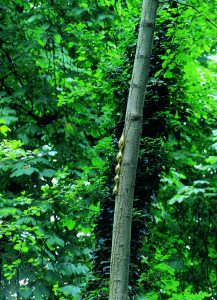
Irene Fortuyn, The Garden and the Gardener
het Glazen Huis , Amstelpark
January 22 – March 19, 2017
Opening Sunday 22 January, 1.30 – 3.30 PM
Zone2Source invited Irene Fortuyn to the Amstelpark for her research on local knowledge structures and extensive experiences with gardens. Her research on the exhibition The Garden and the Gardener, which is a continuation of previous work on the maintenance and significance of green in the urban environment, began in the spring of 2016. Film portraits, photographs, drawings, objects, maps and stories of gardeners and policy-makers working with the Amstelpark come together in an exhibition in which the visitor encounters the backstage of the park.

Still from video with Klaas Noordhuis and Nico van der Ree (image Marco Sweering)
The garden and the gardener
As a former Floriade site the Amstelpark is a perfect location to explore how a city park can be transformed into a community garden in which the caretakers for the park are connected to its users, commonly separated from one another. Through a series of video recordings of the gardeners and policymakers who shape the Amstelpark, the exhibition ‘The Garden and the Gardener’ brings the visitor into contact with a usually invisible part of the park. The central figure is Nico van der Ree, a gardener in the Amstelpark since september 1971 – a year before the opening of the Floriade for which the Amstelpark was developed – who retired in late 2016. The stories of Nico and his colleagues come together in an exhibition of video’s, objects, maps and drawings to allow the visitor to meet the caretakers of this park.
The starting point of this project is the voice of the gardeners and the immeasurable source of knowledge which they possess, which is rarely unlocked, shared or questioned. The underlying question is how the role of the gardener can be reviewed as part of a sustainable model of common management of our public space, circular and inclusive rather than hierarchical and exclusive. How can the voice and knowledge of those who take care of the land and carry its history with them, be heard and form an impetus to the development and creation of our common space.


Silence (1989-2015) (foto: Marco Sweering)
PUBLIC PROGRAM
Broom Dialogues
Friday February 10, 3- 5 pm
Saturday February 18, 3 -5 pm
het Glazen Huis
Dutch spoken
A dialogue is introduced by Irene Fortuyn and conducted under the direction of Hadassah de Boer according to the Socratic method, in which listening is as important as talking. While we stroll through the Amstelpark we will discuss such topics as the meaning of the park in the city, the role of the gardener, the importance of passing on the knowledge of the gardener, the possibilities for the gardener as educator of both younger gardeners and interested locals, and to explore whether the model of the gardener can inspire a sustainable cyclic management.
The dialogues are held with participants, stakeholders and experts are publicly accessible and we invite everyone to think along with us about new models for the maintenance of our common space.
Mapping the Amstelpark
Sunday February 5 en February 26, 2 – 4.30 pm
het Glazen Huis
With Irene Fortuyn
During the exhibition the visitor is invited to reflect on his/her experience of the Amstelpark by making a selection from a list of words relating to the park. The artist will use the completed word lists to create park poetry maps which can be picked up in the last week of the exhibition.
The Glass House